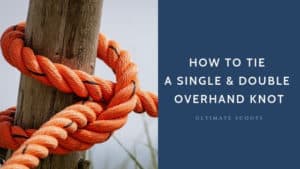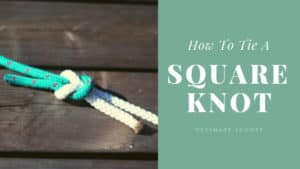How To Tie a Square Knot
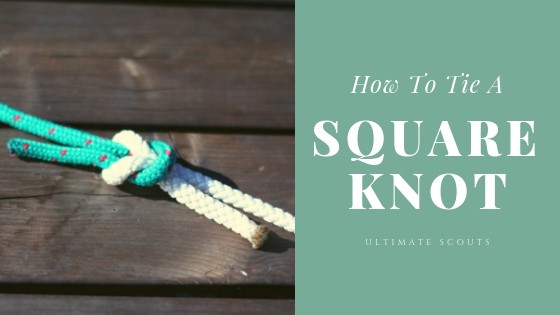
Why Use A Square Knot?
You are probably asking yourself, what can a square knot be used for? There a number of ways this knot can be used but remember that this knot can easily slip so you will never want to use it for any serious or life threatening situations as this knot may fail.
Some ways this knot can be used: are to tie a sash together, to tie triangle bandages in first aid, to tie shoe laces, to tie bags together and of course to tie 2 pieces of rope the same size together.
Some examples of how to use the knot:
1. You may want to hang up a tarp at your campsite but your rope isn’t long enough to reach between 2 trees. You can use this knot to join the 2 ropes together.
2. If you need to make a triangle sling to support someones injured arm, this knot can be used to join the fabric together near their collar bone area.
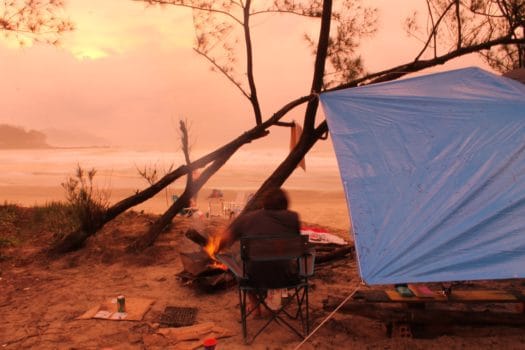
How To Tie A Square Knot
A square knot is one of the easier knots to learn how to tie. You may also have heard it called a reef knot. This knot is as simple as remembering, “right over left, left over right.” It is important to know that this knot is only to be used for simple tasks and never for any situation where a life may be at risk as this knot can often slip and come undone.
Directions To Tie A Square Knot
Video On How To Tie a Square Knot
The following video will show you step-by-step how to tie a square knot.
Square Knot Image Tutorial
The image below will also show you the right over left, left over right tutorial to tie a square knot, also called a reef knot.
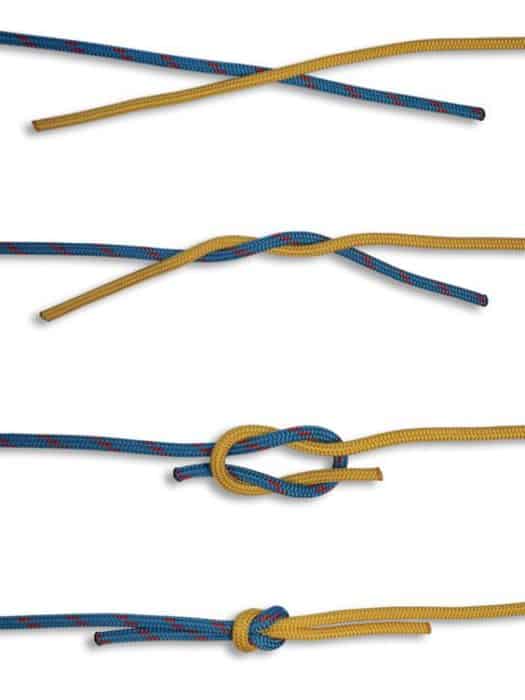
source (handymariner)

